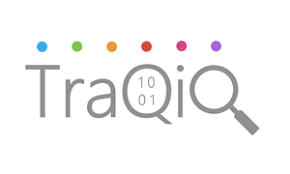Traditional software development methods tend to be inflexible and fail to respond to aggressive customer change requests. In contrast, agile software methodologies provide a set of practices that allow for rapid recognition and implementation of change. The Agile methodology focuses on iterative and incremental methods of management. It helps teams in an evolving landscape and maintains a focus on the rapid delivery of business value.
Agile scope management is significantly different from traditional scope management. Historically, a large part of SDLC style project management is managing and tightening of scope. Significant effort goes into defining all the features and functionality upfront. There is significant angst associated with changing any of these items during the project.
Agile approaches to scope management are fundamentally different than traditional methods for scope management. Agile processes focus on simplicity and building out smaller chunks of features and functionality. The development cycle could be 2 weeks to 2 months (shorter is better) with a goal of shipping working code that showcases a specific set of features.
Change management is an inherent part of agile processes. Revised scope and new requirements are included in every sprint. The product owner determines the value and priority of new requirements and adds those requirements to the product backlog.
As with most projects, resources and schedules are planned initially. However, new features with high priority don’t necessarily cause budget or schedule slips. They simply push out the lowest-priority features. This is where it is critical to actively manage the backlog (the complete book of work).
This iterative planning development allows for changes with each new sprint. By allowing the more important features to get built first, the customers key requirements get built first and the lower value features get postponed or cut (survival of the fittest).
Typically, the scrum team determines the scope of the project. It also determines the scope and goals of each sprint. This is based on the overarching product vision. This is followed by the development team creating the most important features first.
At any point in an agile project, anyone in the organization with a good idea or suggestion can identify new product requirements or changes to existing ones. Subsequently, the product owner determines the value and priority of all requirements and prioritizes them in the product backlog.
TraQiQ’s Digital transformation team has worked on multiple significant efforts to move companies to the Agile methodology and welcomes the opportunity to tackle tougher challenges.



